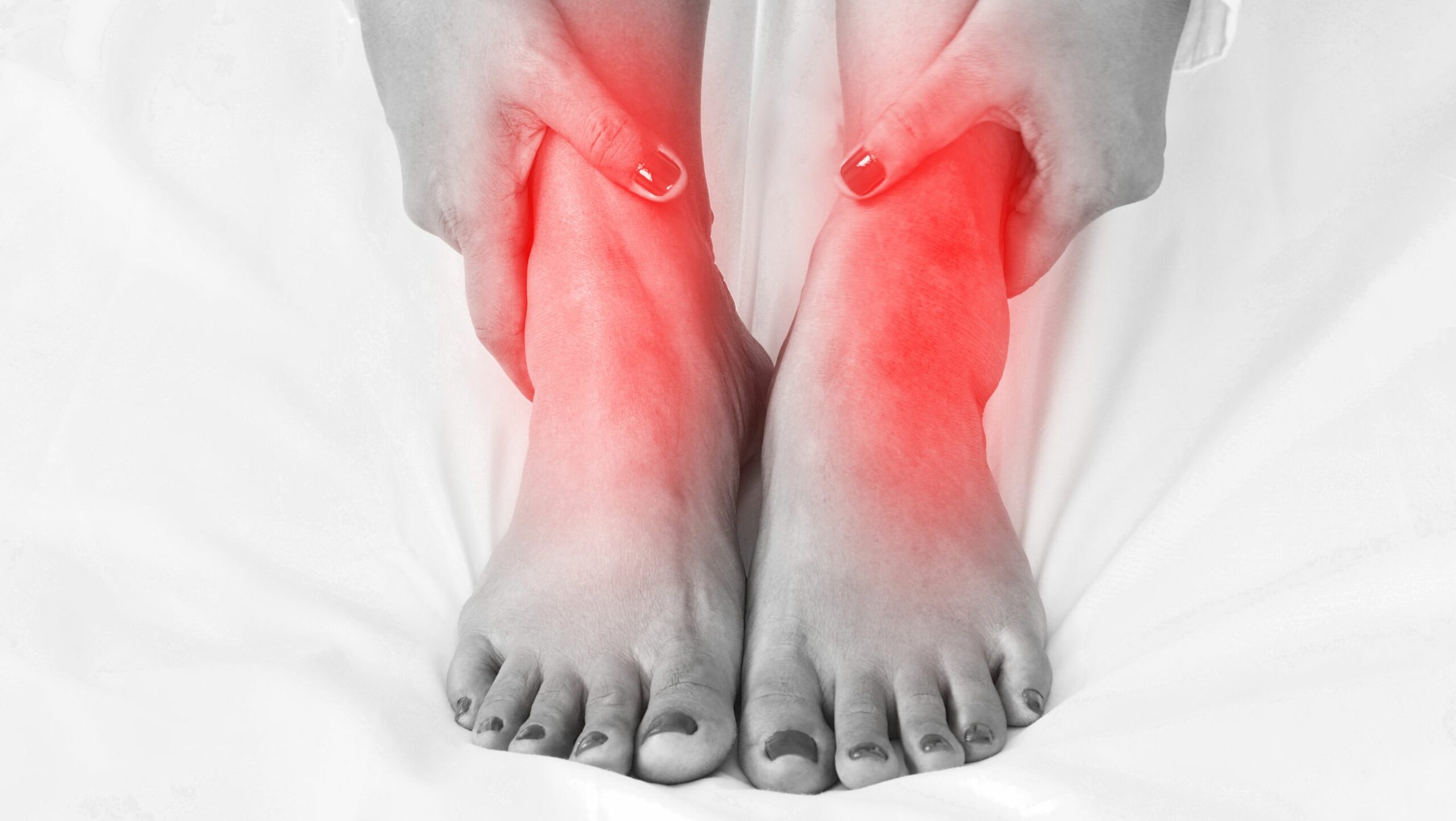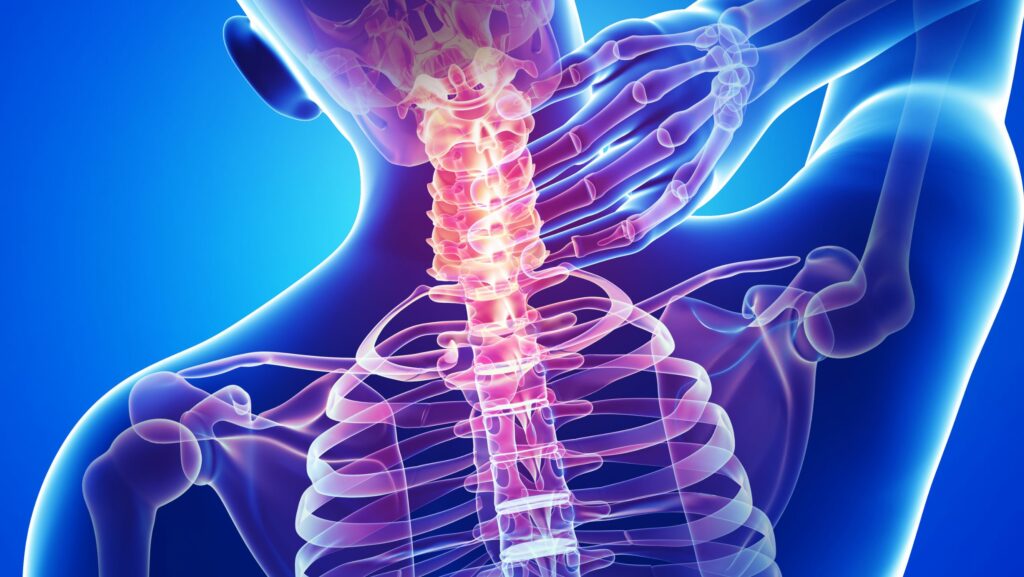Most of us have felt it before: that sharp twinge when you bend, the dull ache that lingers after sitting too long, or the stiffness that makes everyday movement harder than it should be. It’s easy to brush these off as “just pain” that will eventually fade. But pain is often more than a symptom — it’s a signal from your body that something needs attention. For those seeking long-term relief rather than quick fixes, working with a professional like physio Burwood East can help uncover what your body is really trying to tell you and guide you toward lasting solutions.
Pain as the Body’s Warning System
Pain has a purpose. It’s the body’s way of protecting itself, alerting you to issues before they worsen. While painkillers may quiet the signal, they don’t address the underlying cause. Ignoring pain—or masking it with short-term fixes—can sometimes make things worse in the long run.
Think of pain as an alarm clock. You can hit “snooze” with medication or rest, but eventually, you’ll need to deal with the reason it’s ringing.
Common Types of Pain and What They Mean
Different kinds of pain often point to different issues. Recognising them can help you take the right action:
- Acute Pain: Usually sudden and sharp, often from an injury or accident.
- Chronic Pain: Lasting for weeks or months, it may be linked to conditions like arthritis or ongoing strain.
- Referred Pain: Felt in one part of the body but caused by another (for example, a neck issue leading to arm pain).
- Mechanical Pain: Often related to movement or posture, such as back pain from sitting poorly.
Understanding the type of pain you’re experiencing is the first step to finding the right treatment.
How Physio Helps Decode Pain
Physiotherapists don’t just treat pain—they investigate it. Through assessments, movement tests, and discussions about your daily habits, they look for the root cause. For example:
- Back pain might stem from weak core muscles or poor posture at work.
- Shoulder discomfort could be linked to repetitive strain from sport or desk work.
- Knee pain may point to imbalances in hip or ankle strength.
By addressing these underlying issues, physios focus not just on easing current discomfort but also on preventing it from coming back.

Beyond Treatment: Building Long-Term Strength
Pain relief is just one part of the process. Physiotherapy often includes exercises to restore movement, build strength, and improve flexibility. These may involve:
- Stretching programs to release tight muscles
- Strength training to support joints and prevent re-injury
- Postural guidance to reduce everyday strain
- Education about safe movement patterns for work, sport, or daily activities
The goal is to empower you with tools so you don’t just feel better—you stay better.
Everyday Habits That Can Make Pain Worse
Sometimes, the small things we do daily without thinking can contribute to discomfort:
- Sitting for long hours without breaks
- Carrying heavy bags on one shoulder
- Poor footwear with little support
- Ignoring warm-ups before exercise
- Sleeping in awkward positions
By making small adjustments, you can reduce strain and ease pressure on vulnerable areas.
When to Seek Professional Help
Not all pain requires immediate medical attention, but there are times when it’s wise to seek help sooner rather than later:
- Pain that lingers longer than a few weeks
- Discomfort that interrupts sleep or daily activities
- Sudden weakness, numbness, or tingling
- Pain linked to an obvious injury or accident
Physiotherapists can identify whether it’s something they can treat directly or whether further medical assessment is needed.
Listening to Your Body
At its core, pain is communication. It’s your body’s way of asking for attention, rest, or change. By listening and responding—rather than ignoring or covering it up—you take the first step toward healing and resilience.
With the right support and strategies, pain doesn’t have to control your life. It can be the signal that leads you toward stronger habits, better movement, and a healthier future.

